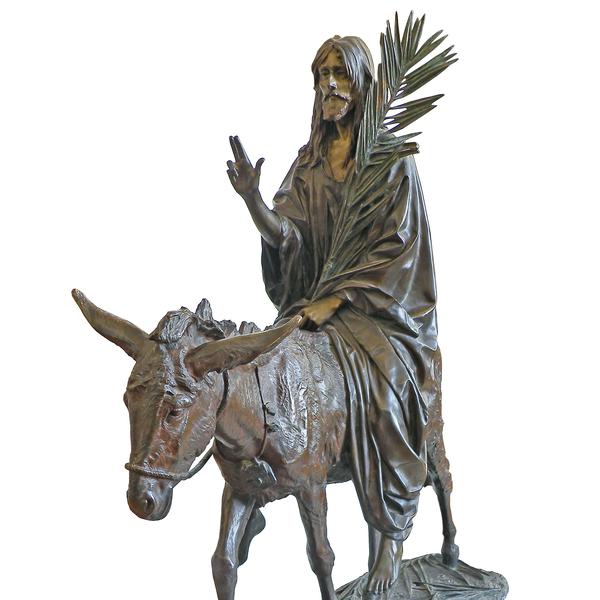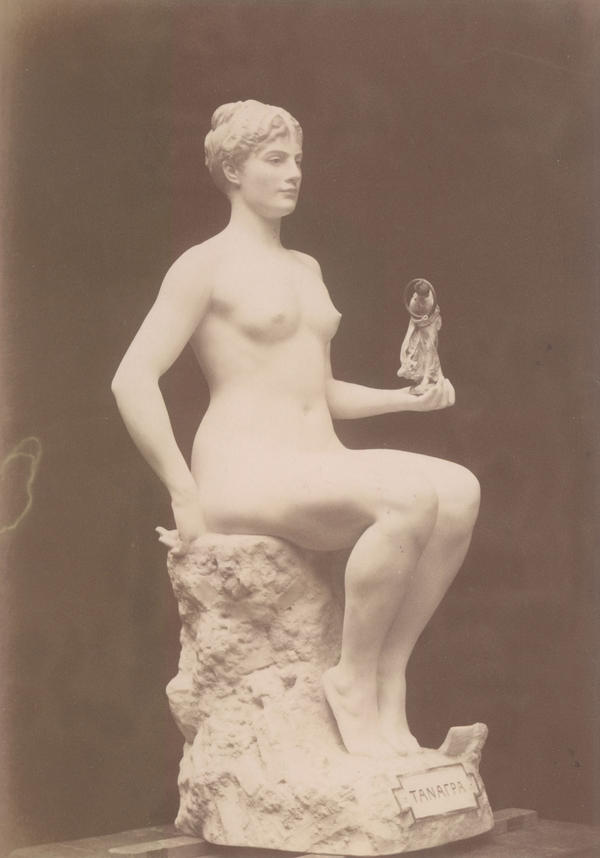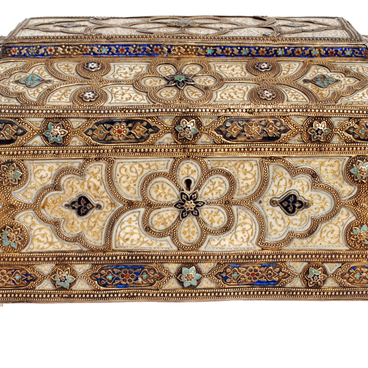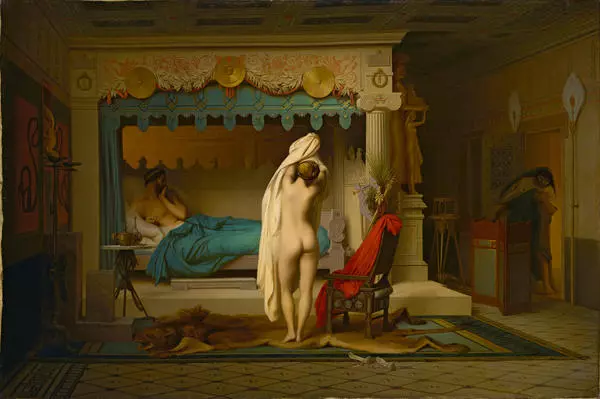His contemporaries dubbed Jean Leon Gerom (1824–1904) an ‘Academician of Academism’. The painter had an exquisite taste and invariably conformed to academic stylistic standards requiring meticulous crafting and faithfulness to the ideal of antiquity. He chose his themes accordingly: mostly impeccably proper scenes from classical mythology. The French Salon, a major conservative art exhibition in Europe, found that touch extremely fortuitous.
Gerom was a violent opponent of the new trends in painting. ‘That Manet, have you seen his temples? And the man has the temerity to practice painting?! ’ Gerom thundered, but unlike the impressionists, his name was all but completely forgotten in the 20th century.
Gerom was a violent opponent of the new trends in painting. ‘That Manet, have you seen his temples? And the man has the temerity to practice painting?! ’ Gerom thundered, but unlike the impressionists, his name was all but completely forgotten in the 20th century.
In the 1880s, already a renowned master, Gerom turned to sculpture. He learned sculpture under the tutelage of Emmanuel Frémiet, noted master of animalistic sculpture whose views were largely shared by his student. Frémiet also worked in the classical tradition and renounced innovations.





